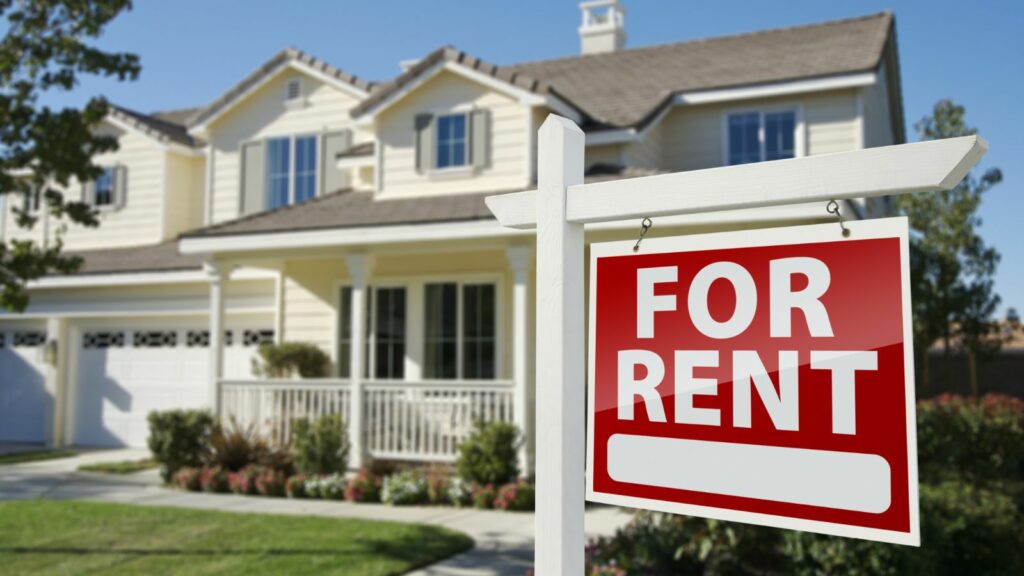Our neighborhoods are where we build our lives—creating memories, forming relationships, and feeling a sense of belonging. When a neighborhood loses value, it’s not just about falling property prices. It’s about the heart of the community that can feel like it’s slowly unraveling. If you start noticing some of the following signs, it might be time to pay closer attention and take action before things get worse. In this article, you’ll learn about the 19 startling signs that your neighborhood is losing value.
Rising Vacancies and Abandoned Properties
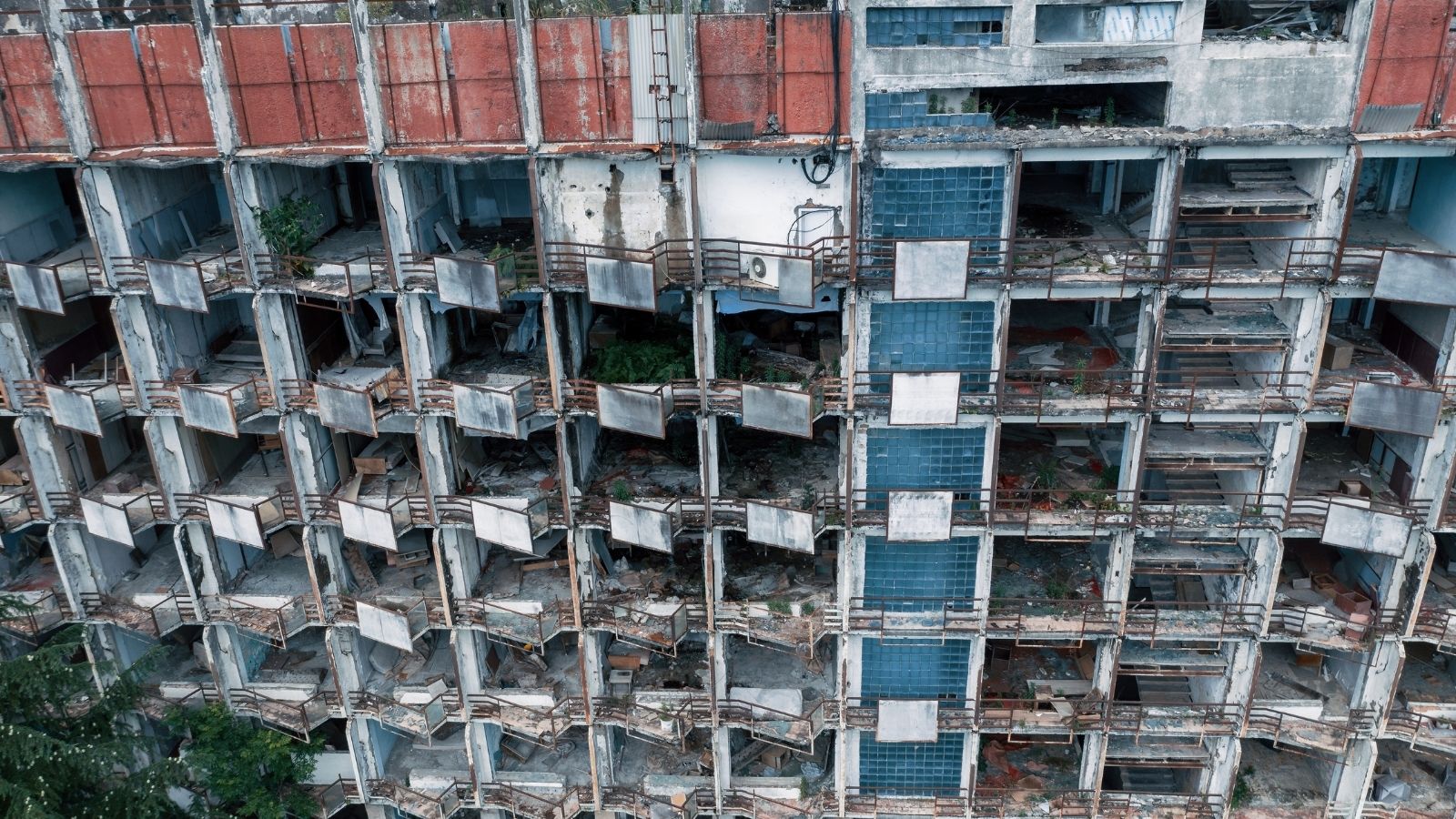
Nothing signals a decline in neighborhoods like the growing number of vacant or abandoned homes. Empty houses are often neglected, and their physical deterioration can become an eyesore. Over time, these vacant properties can attract unwanted attention or even become targets for crime. The more homes that stand empty, the less inviting a neighborhood feels. If you start seeing a lot of abandoned homes, it’s a good sign the area is struggling to maintain its vibrancy.
Declining Property Maintenance
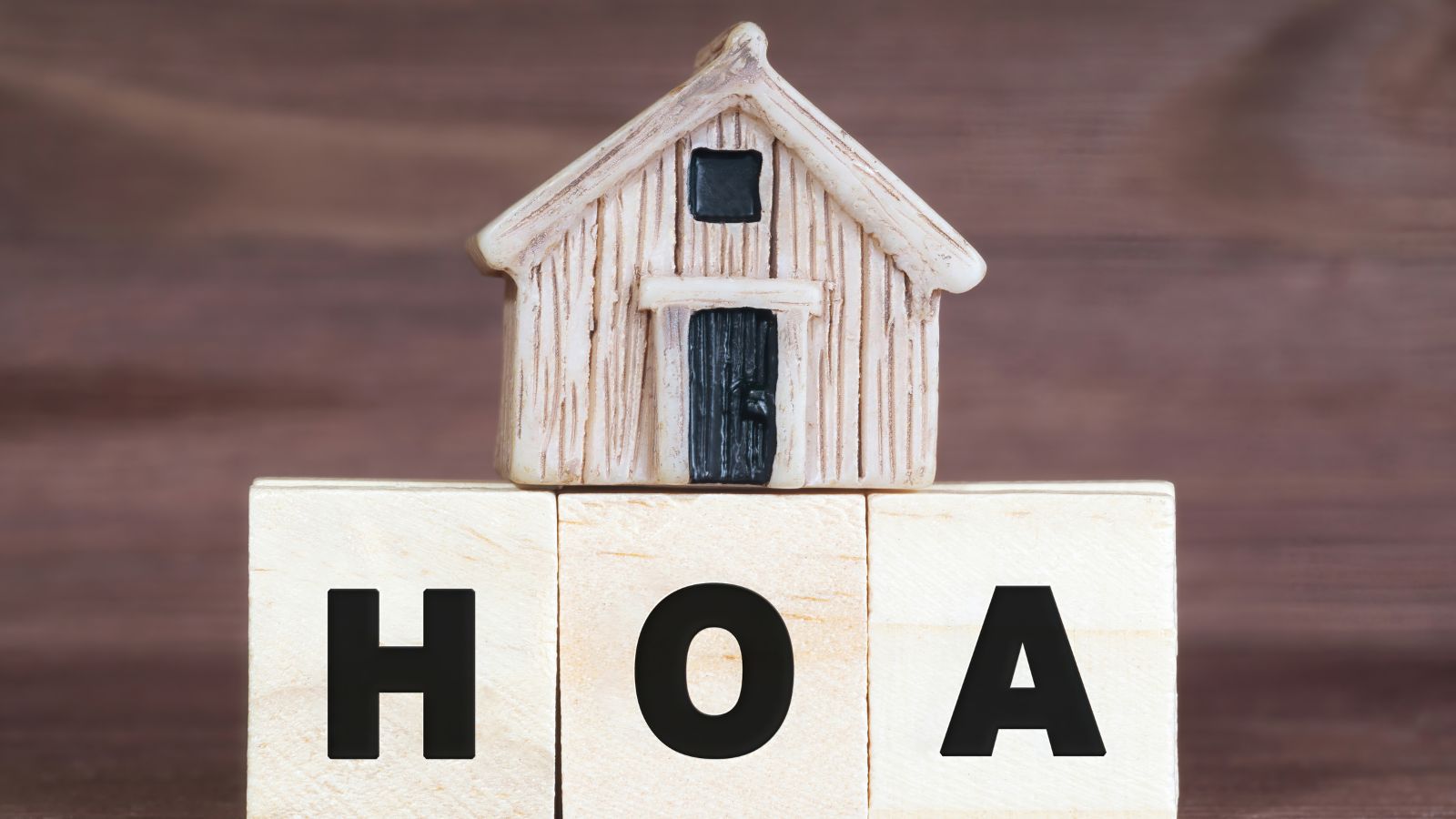
It’s easy to spot when things start to go downhill in a neighborhood—look around at how people care for their homes. When lawns are overgrown, paint starts peeling off houses, and fences are falling apart, it’s a sign that something’s off. This neglect can indicate financial strain or a lack of investment in the community. People stop caring when they lose faith in the future of where they live, and this can quickly chip away at a neighborhood’s overall appeal.
Increased Crime Rates

We all want to feel safe in our homes, and when crime rates start rising, that sense of safety evaporates. Higher crime rates are often one of the primary factors that drive people away. It’s no surprise—who wants to live in a place where they don’t feel secure? If crime becomes a regular occurrence in your area, it’s not just dangerous; it’s a red flag for a neighborhood losing its value. Crime isn’t just about statistics—it’s about how people feel about the place they call home.
Decline in Local Business

The local mom-and-pop shops, cafés, and small businesses that fill your neighborhood are what make a place unique. However, if these establishments begin to close and are replaced by businesses that do not benefit the community—such as payday loan shops or pawn stores—it can indicate economic distress. A lack of thriving businesses can also reduce employment opportunities, driving people away from the area and ultimately leading to a loss in value.
Decreased Demand for Rentals
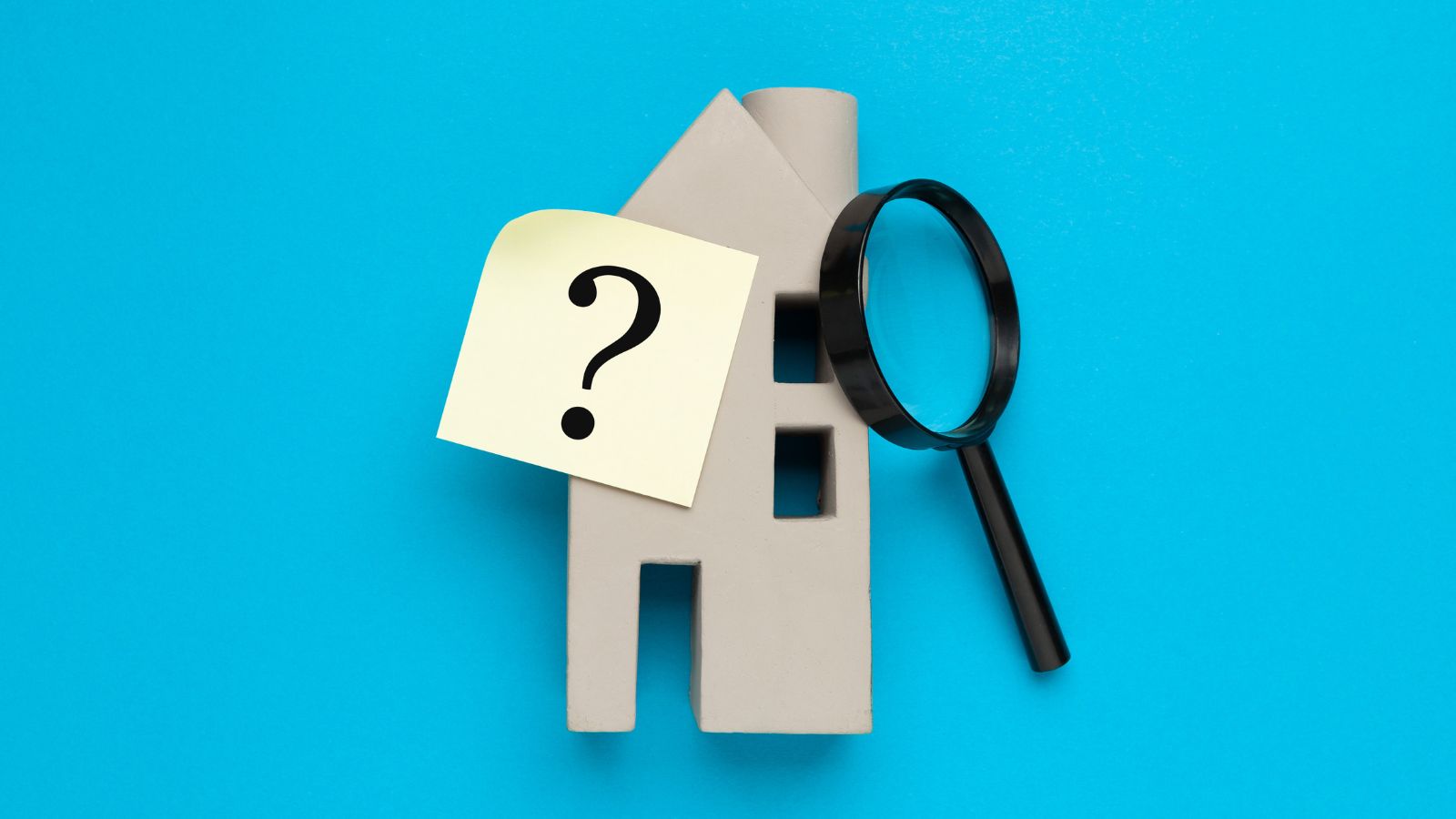
Renters make up a huge part of many neighborhoods, so if you notice a drop in rental demand, it’s another worrying sign. If rental properties remain vacant for long periods, it suggests people are looking elsewhere. Factors like crime, poor amenities, or a bad reputation can all contribute to this. When demand for rentals decreases, rental prices may drop, ultimately lowering property values.
Poor School Performance

For families, schools are a huge factor in choosing where to live. If schools in your neighborhood are struggling, their ratings can significantly impact the neighborhood’s desirability. Families looking for a safe and enriching environment for their kids are often willing to pay a premium to live in areas with good schools. If the school system declines, property values will likely decrease as fewer families will want to move into the area.
Increase in Foreclosures

When more people are losing their homes to foreclosure, it’s not just an individual financial struggle—it’s a sign of broader economic distress. Foreclosures can flood a market with discounted homes, driving property prices down. It also creates a ripple effect, causing homes in the area to lose their appeal and making potential buyers hesitant to invest. If you start seeing a rise in foreclosures, it’s a sign the neighborhood may be in trouble.
Unkempt Public Spaces
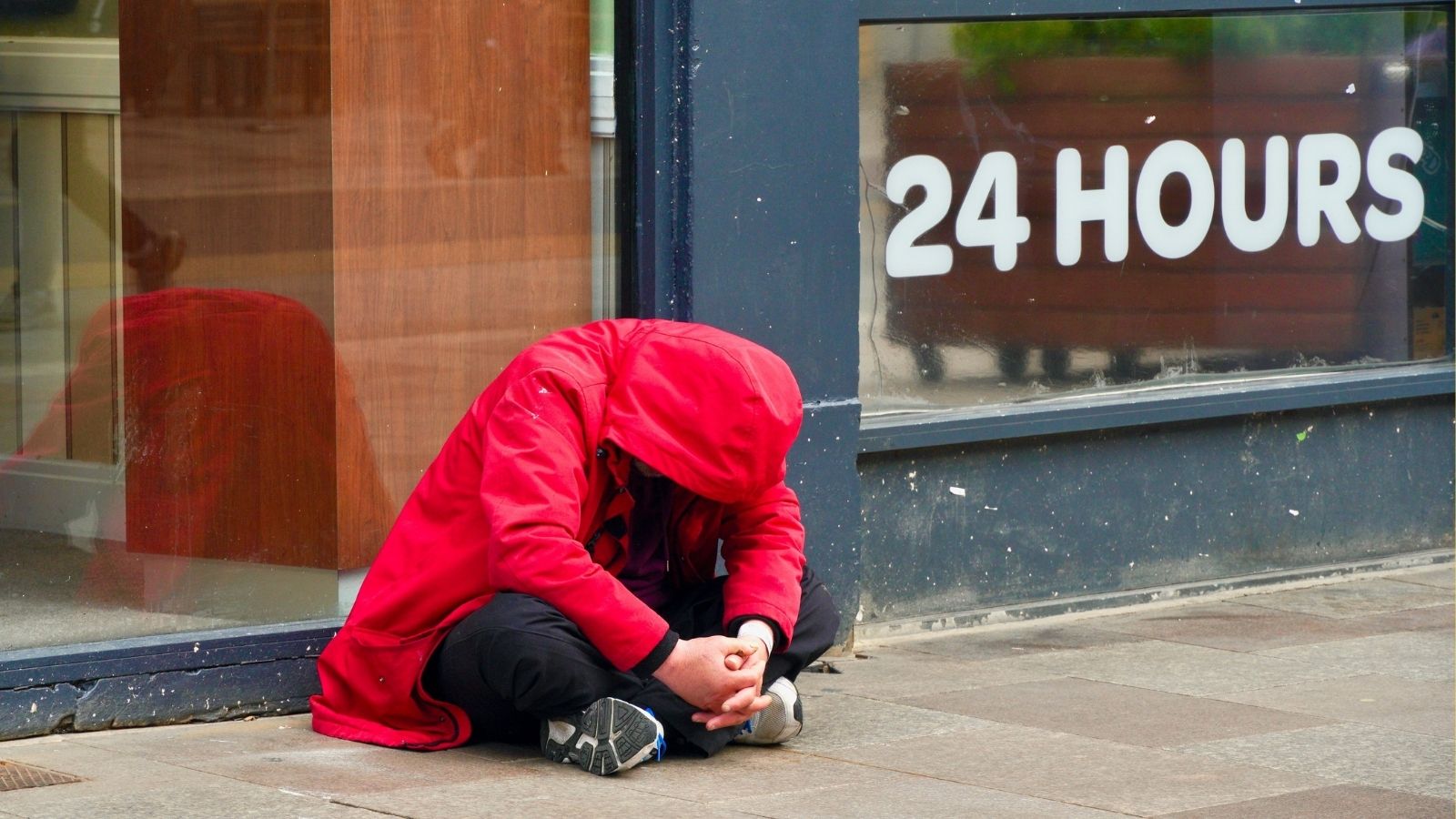
Public spaces like parks, sidewalks, and streets are an extension of our homes. When these areas aren’t cared for—whether neglected landscaping, litter, or broken streetlights—it sends a message that the community isn’t valued. Unkempt spaces affect the aesthetic of a neighborhood and affect how safe and welcoming a place feels. A decline in these spaces can lead to a general sense of apathy, making people less likely to invest in the neighborhood.
Exodus of Long-Term Residents
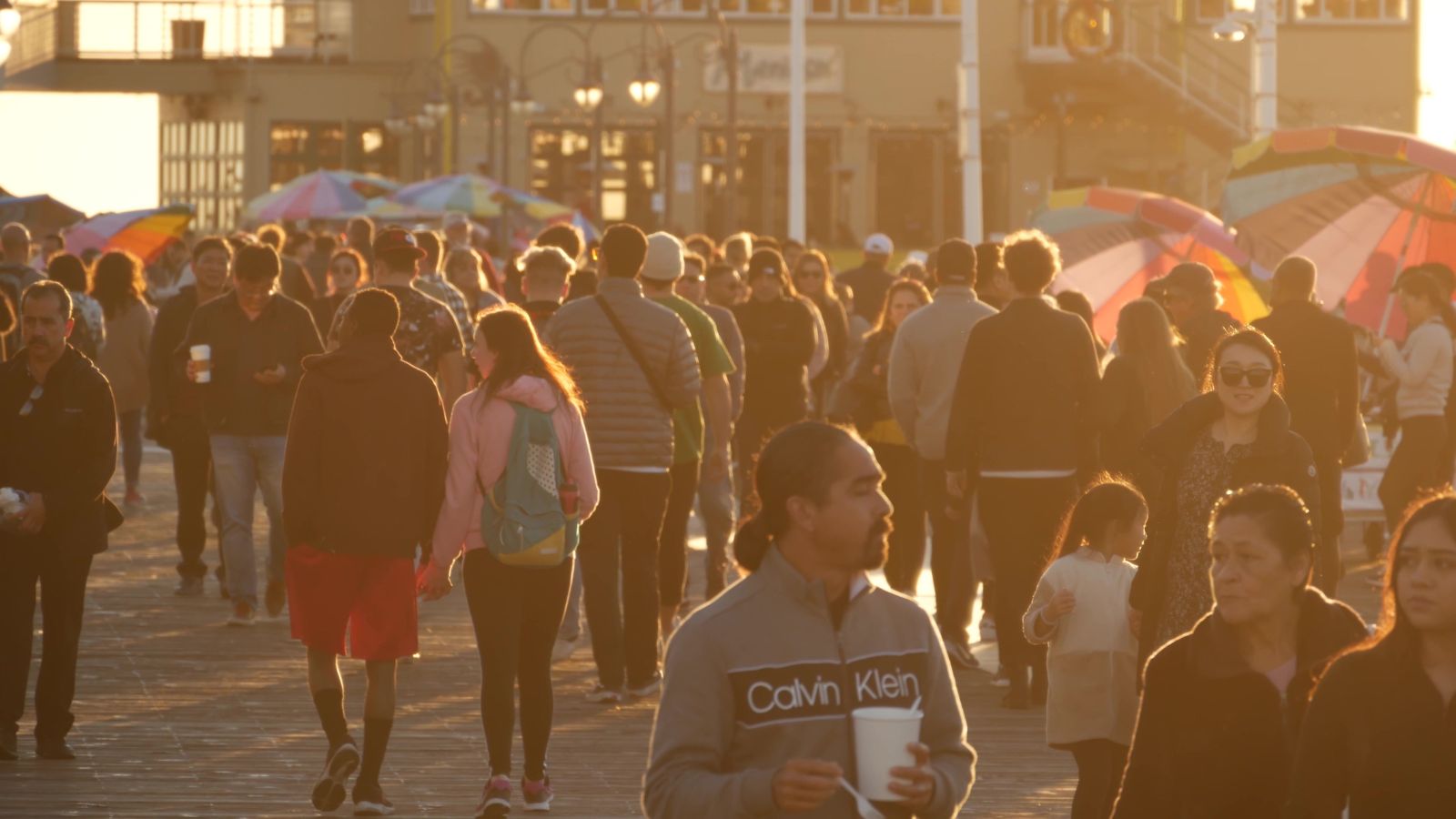
When people who have lived in the neighborhood for decades start leaving, it’s a sign that something is wrong. Long-term residents are often the backbone of a community—they care about the area and its future. If they begin to pack up and move elsewhere, it suggests that the neighborhood no longer offers what they need or want. This exodus can create a sense of instability and further lower property values, as newer residents may not be as committed to the area.
Falling Home Prices
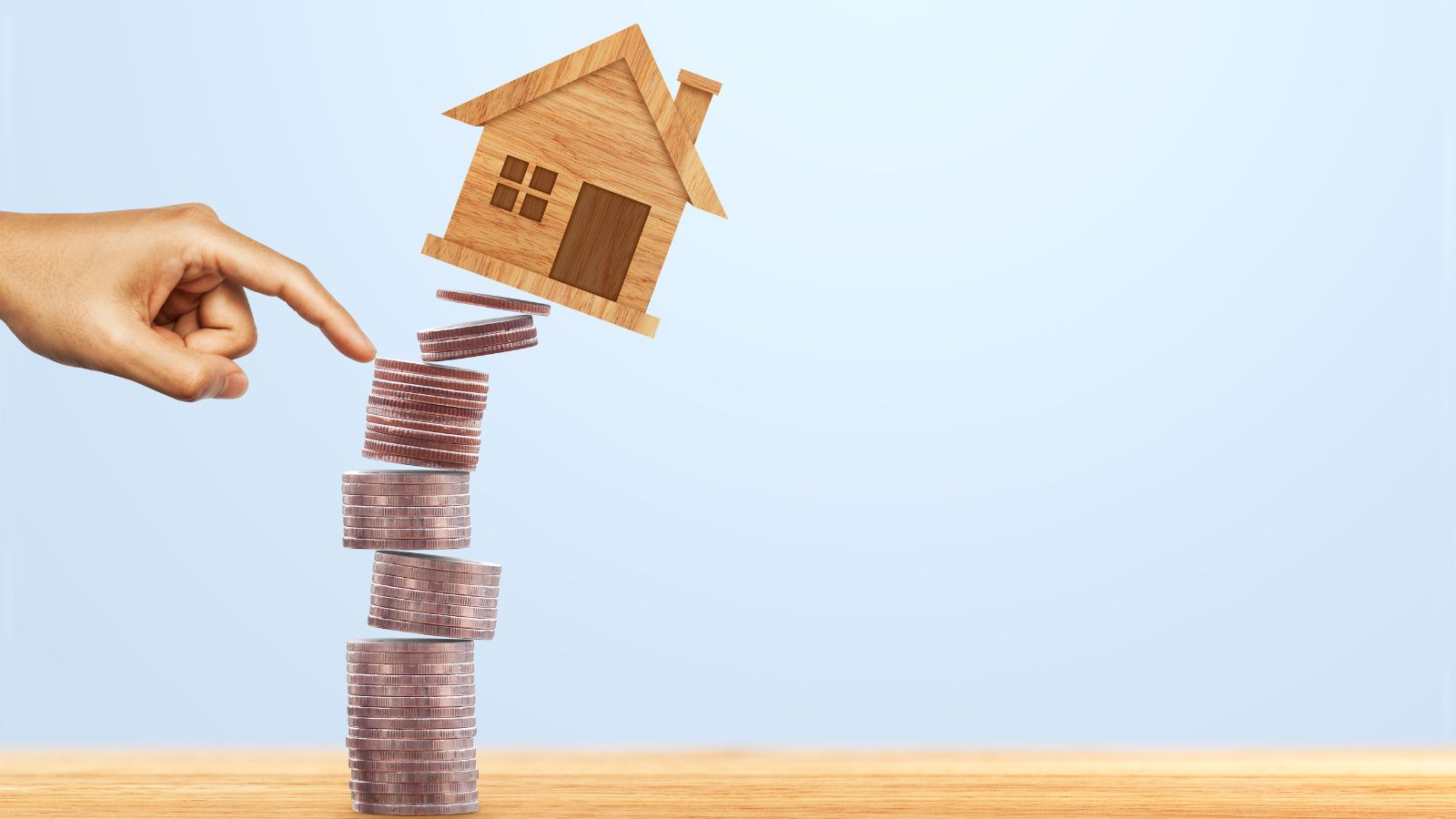
This one is perhaps the most obvious—and concerning—sign of a neighborhood losing value. If home prices in your area are steadily dropping, it indicates that demand is decreasing. Many factors can contribute to this: rising crime, declining schools, or a general lack of investment. Falling prices often signal a loss in desirability, and it can take years for a neighborhood to recover from such a blow.
Increase in Rental Properties
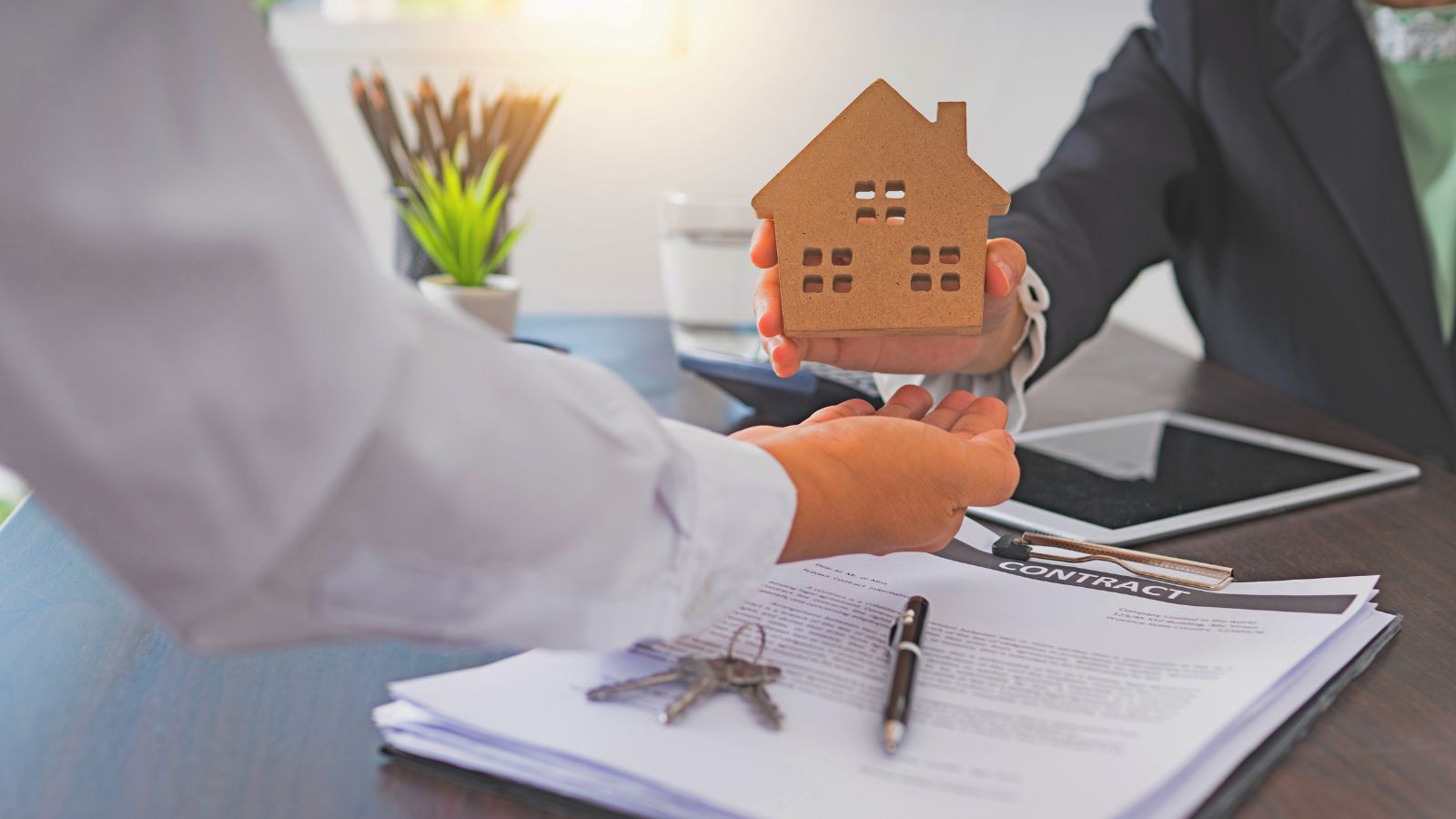
While rental properties aren’t inherently bad, a sudden increase in rentals can signal an issue. If more homes are being rented out than sold, it suggests people may not feel the neighborhood is worth investing in long-term. Renters are often less invested in maintaining the property compared to homeowners, which can lead to a gradual decline in the neighborhood’s appearance and value. An overabundance of rental properties can create an atmosphere of impermanence, making the neighborhood feel transient and unstable.
Declining Curb Appeal
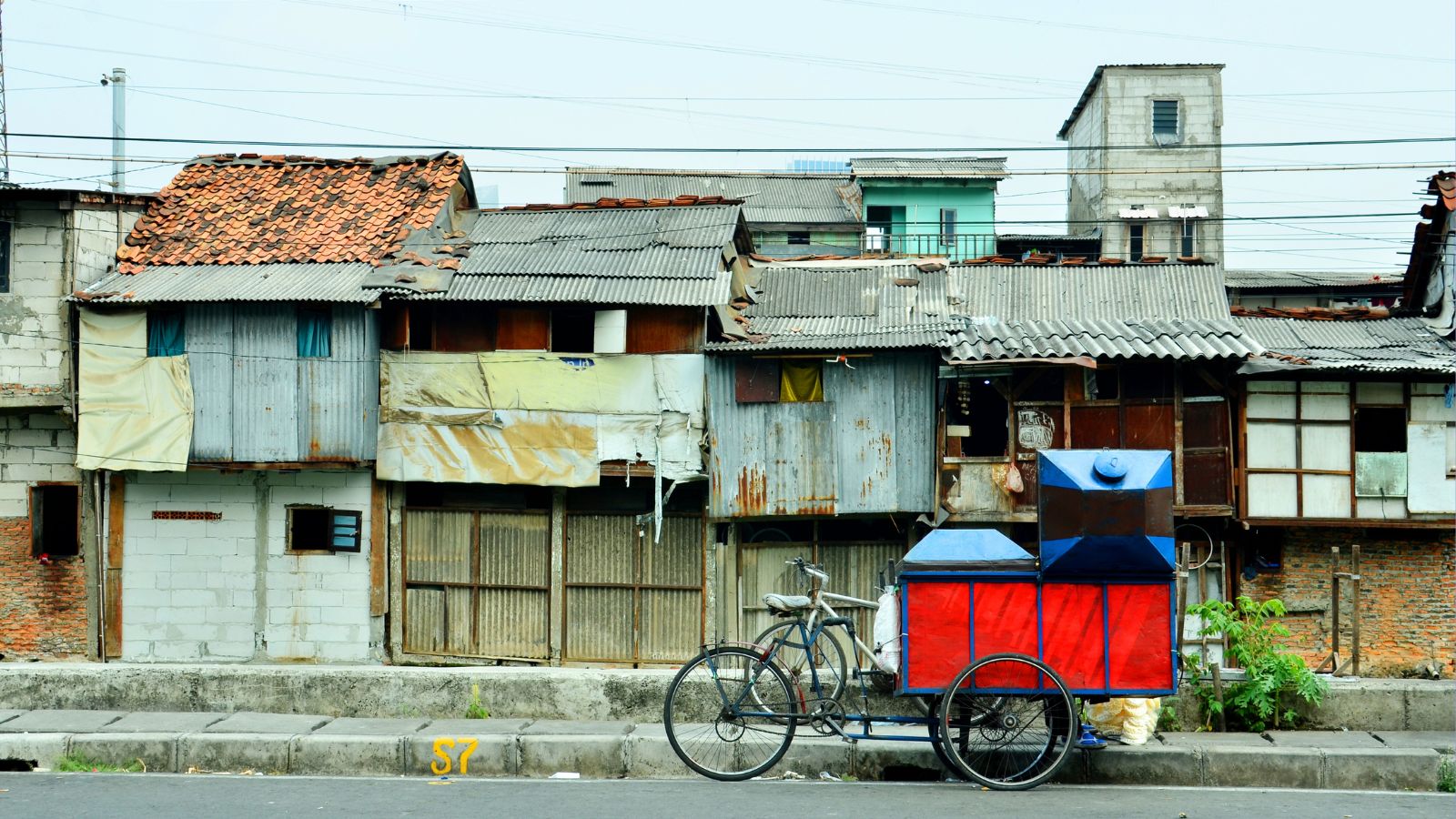
Curb appeal is one of the first things prospective buyers notice when they visit a neighborhood. When homes begin to look neglected—such as having overgrown lawns, peeling paint, or damaged fences—it can make the entire neighborhood feel less inviting. Over time, this decline in curb appeal can cause potential buyers to hesitate before investing in the area. A community’s appearance matters, and when it fades, property values tend to follow suit.
Unpredictable Neighborhood Trends
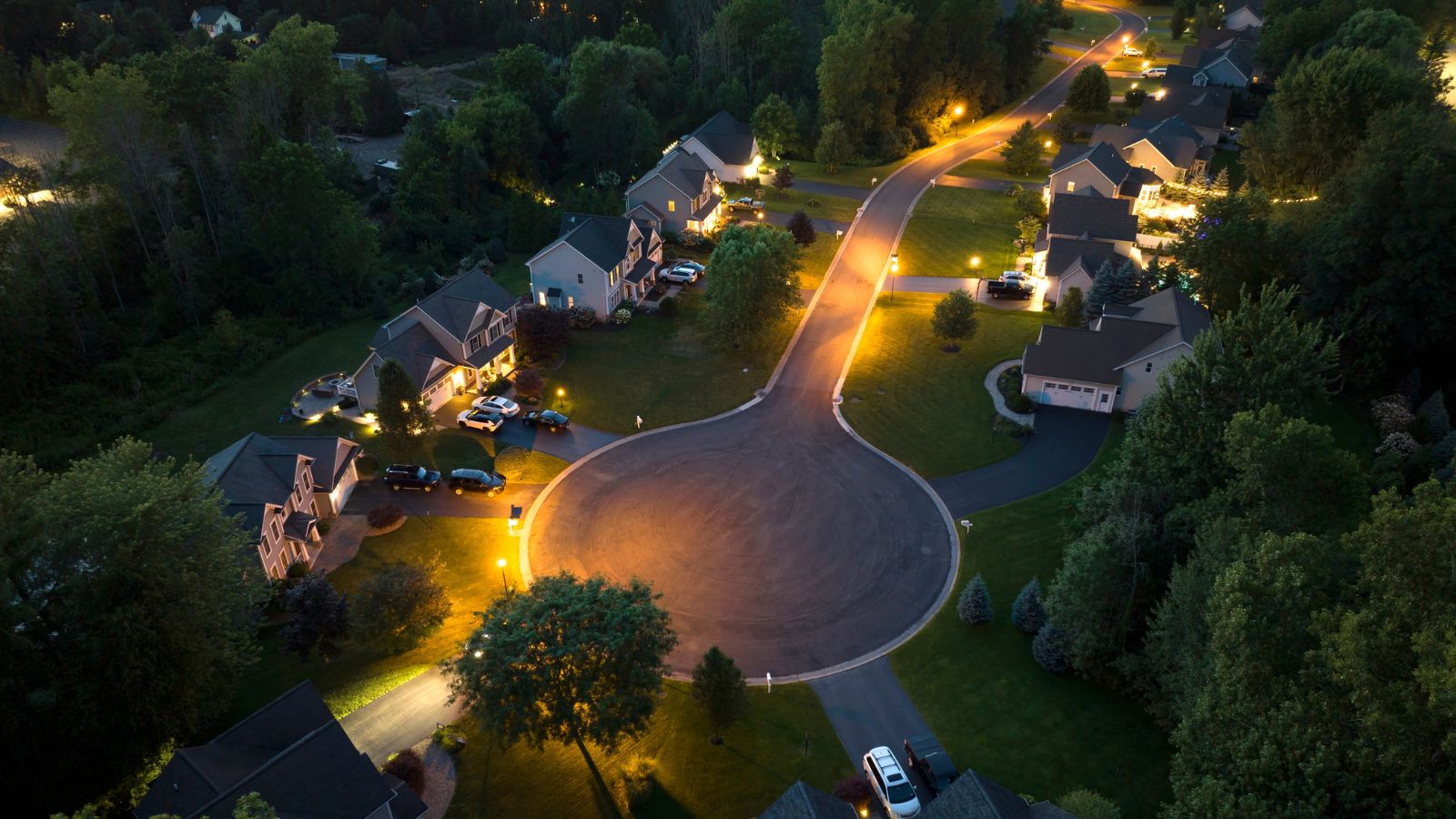
Neighborhoods naturally evolve. However, it can make potential buyers wary when the changes feel unpredictable. If you notice sudden shifts in the area’s demographics or housing trends—especially if those changes don’t seem sustainable—it can create a sense of instability. When people are unsure about the direction of the neighborhood, they may hesitate to make long-term investments, which in turn impacts property values.
Disinvestment by Local Authorities

When local government stops investing in a neighborhood—whether by neglecting infrastructure improvements, failing to address crime, or not maintaining public spaces—it’s a sign the area is being left behind. A lack of attention from local authorities can make residents feel neglected and less likely to invest in their homes or businesses. This disinvestment can cause property values to drop as the neighborhood becomes less desirable.
Public Transportation Challenges

For many people, access to reliable public transportation is crucial. If bus routes or train services are reduced or become less reliable, it can make it harder for people to get to work, school, or other essential places. Poor transportation options can drive people away and make the neighborhood less accessible, ultimately affecting property values.
Excessive Noise or Pollution

When a neighborhood is constantly plagued by noise—whether from traffic, construction, or industrial activities—it can make the area feel less peaceful and pleasant to live in. Similarly, rising pollution can make a neighborhood less desirable, especially if it impacts the health or comfort of residents. These environmental factors can decrease the neighborhood’s appeal, driving down the demand for homes and lowering property values.
Flooding or Environmental Risks
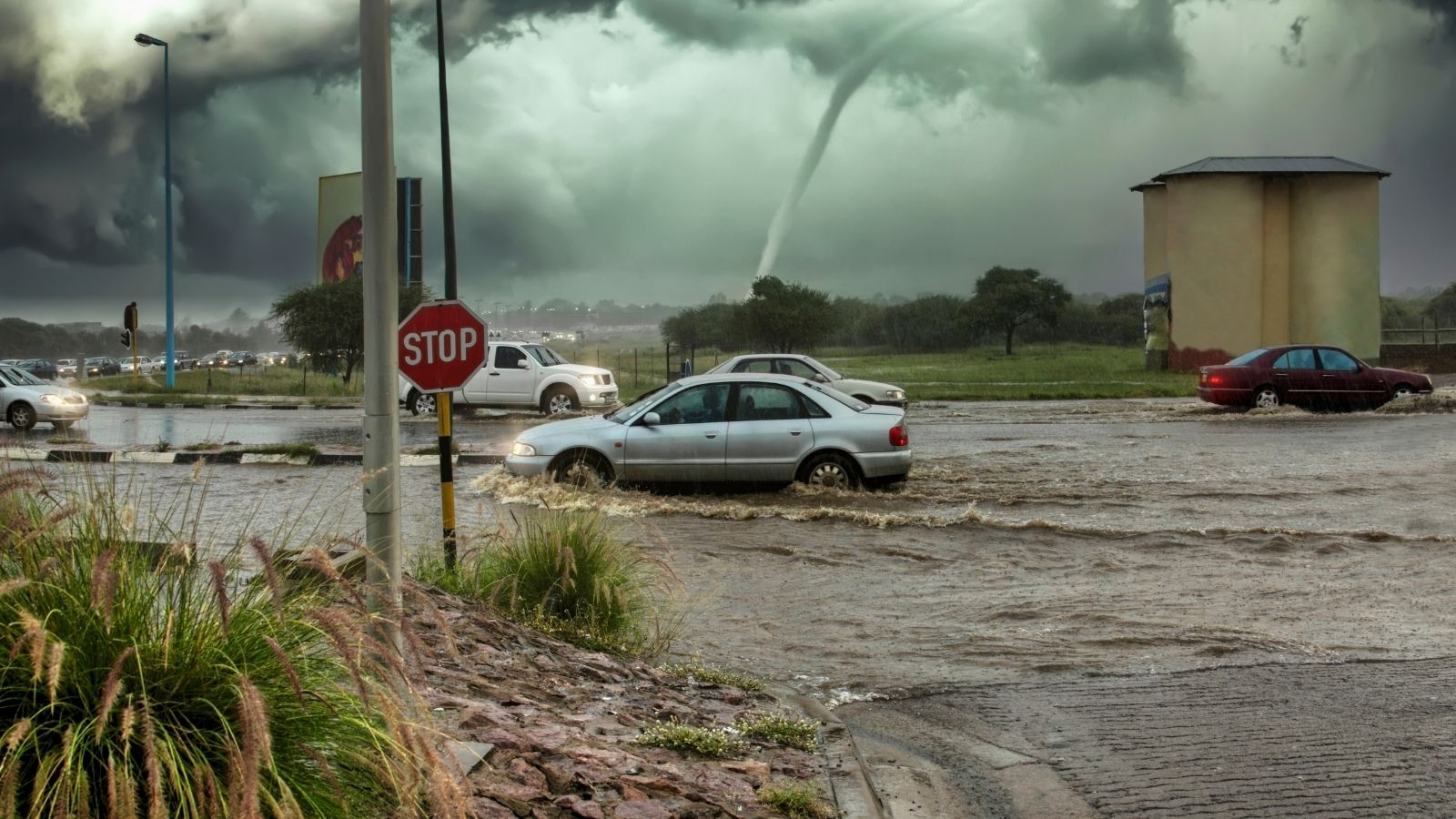
Some neighborhoods are more prone to natural disasters, like flooding or wildfires. If your neighborhood is in an area with frequent environmental risks, it can make potential buyers think twice before investing. Flooded streets, fire damage, or the constant threat of such events can lead to lower property values as people look for safer, more stable places to live.
Rising Taxes or Utility Costs
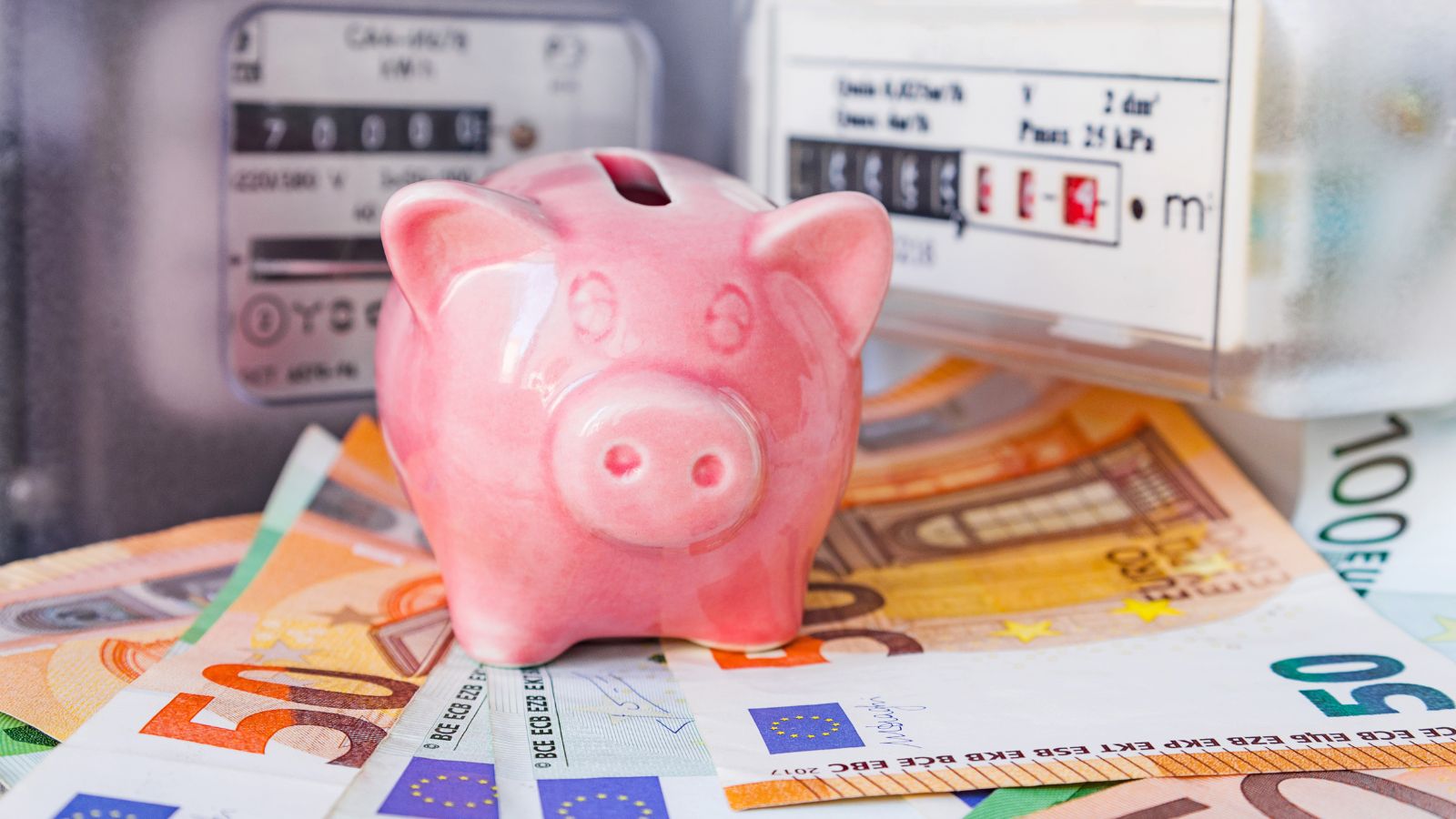
No one likes paying higher taxes or utility bills. When costs begin to rise, living in the area becomes less affordable. Rising costs can push people out of the neighborhood as they search for more affordable options elsewhere. If taxes or utility rates climb steadily, it can drive demand down, lowering property values.
Unfavorable Zoning Changes
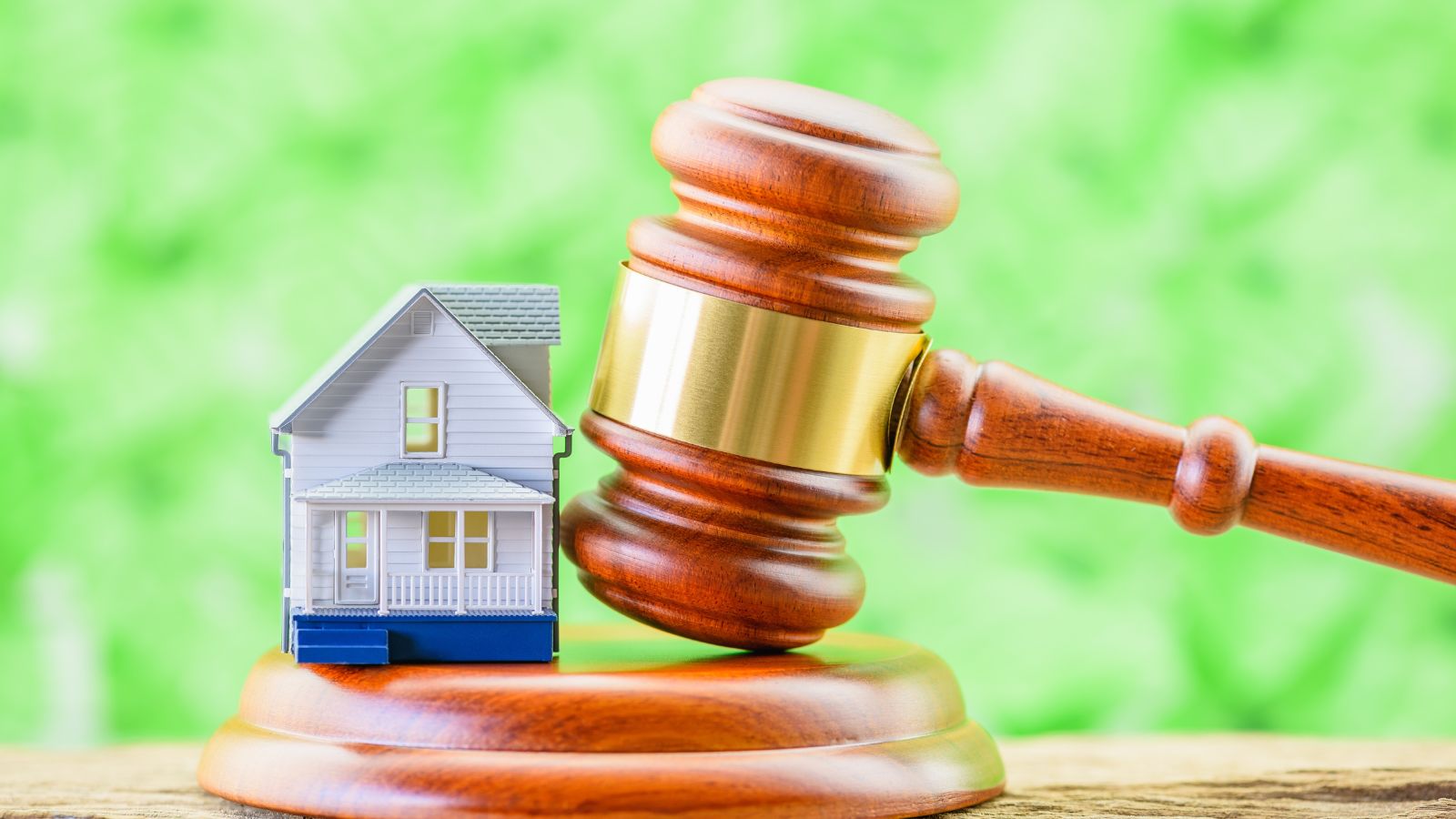
Zoning changes can have a major impact on the character of a neighborhood. If new zoning laws allow for industrial development, high-density housing, or other projects that don’t fit with the existing character of the area, it can drive away potential buyers. Zoning changes can fundamentally alter the atmosphere of a neighborhood. And if those changes are not in line with what current residents want, it can lead to a decline in property values.
Conclusion
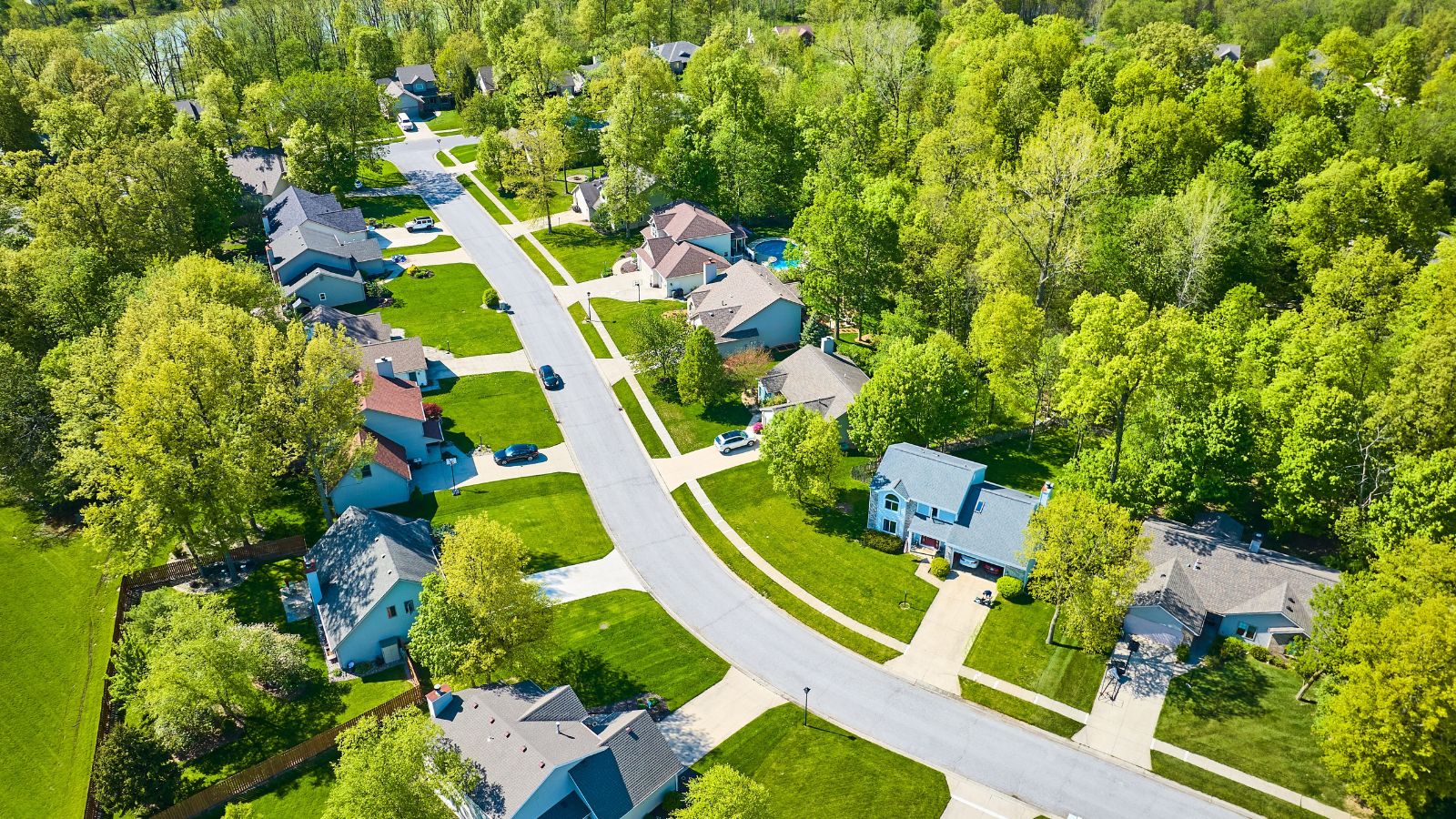
A neighborhood is more than just a place to live—it’s a community that shapes our everyday lives. When signs of decline start appearing, it’s important to recognize them early. Whether it’s rising crime, falling property values, or disinvestment from local authorities, these signs can indicate that a neighborhood is losing its value. But the good news is that recognizing these issues early allows you to take action—whether that means getting involved in local efforts to revitalize the area, supporting businesses, or simply being more proactive in maintaining the beauty and safety of your community. After all, neighborhoods thrive when the people who live in them are committed to making them better.
20 Reasons Why Wealthy Investors Are Looking At The Caribbean

The Caribbean has long been known for its stunning landscapes and vibrant culture, but in recent years, it has also become an attractive destination for wealthy investors. The region offers numerous financial, economic, and lifestyle advantages that appeal to high-net-worth individuals seeking opportunities. Here are 20 reasons why the Caribbean has captured the attention of the global investment community.
20 Reasons Why Wealthy Investors Are Looking At The Caribbean
